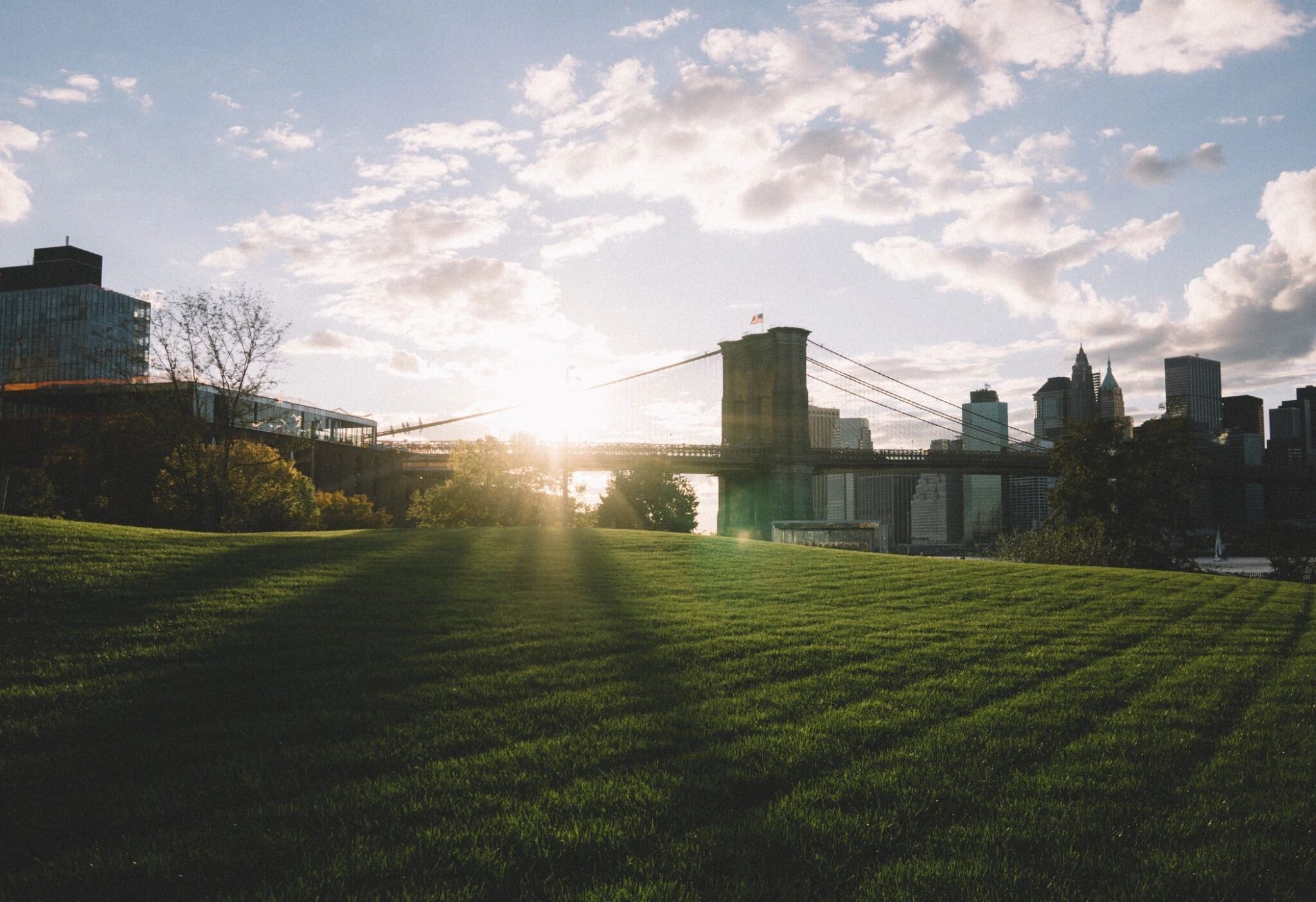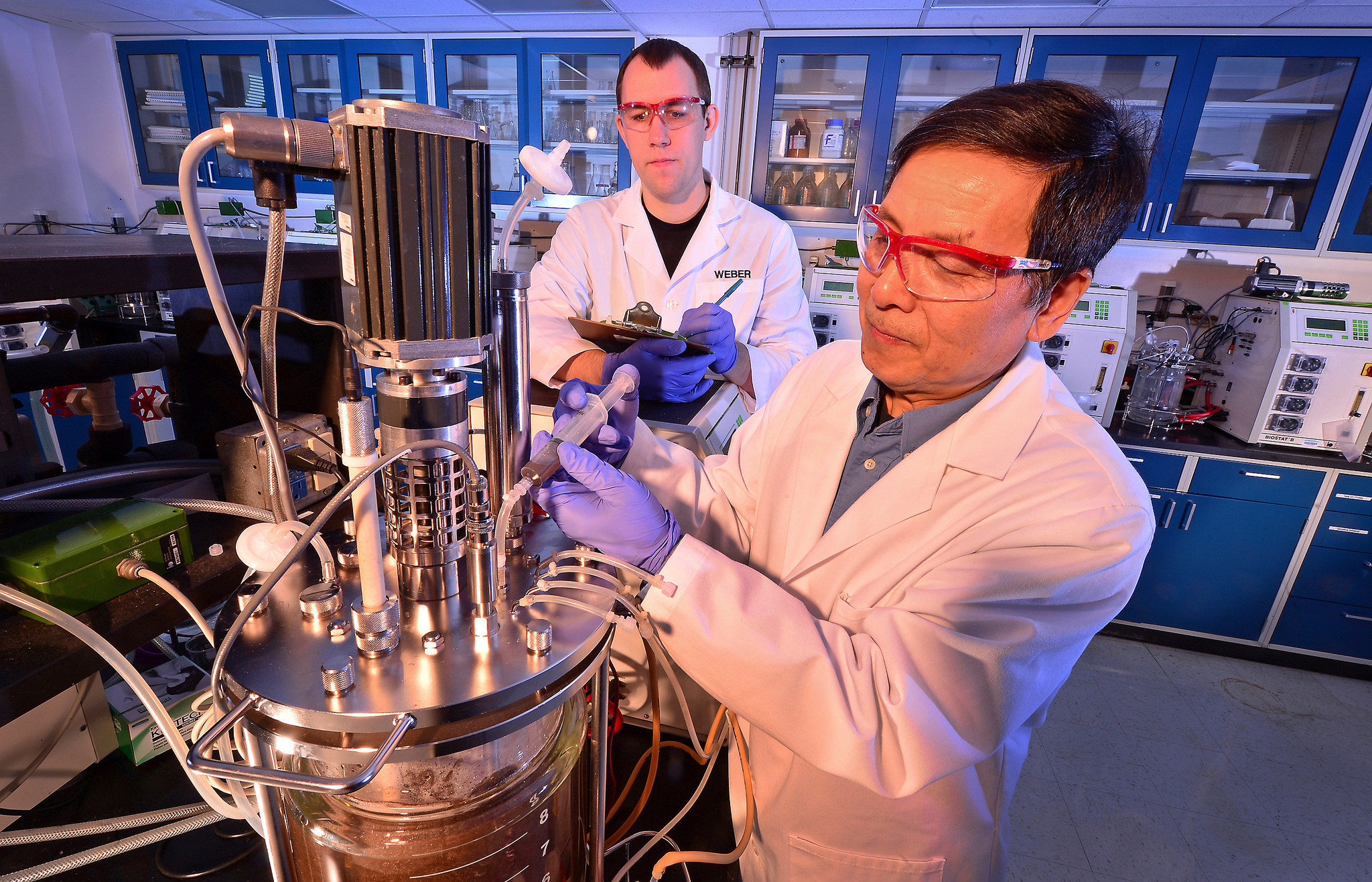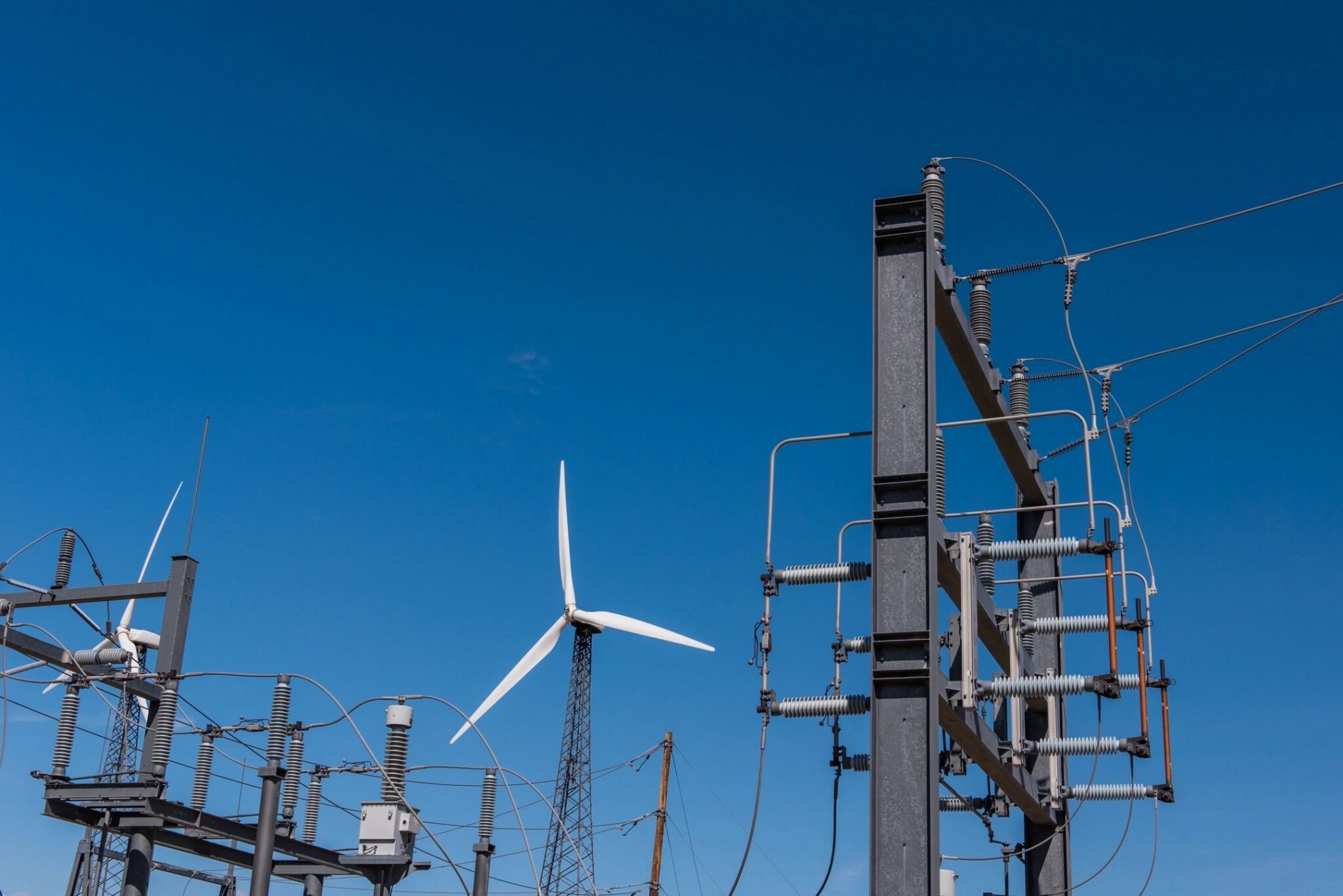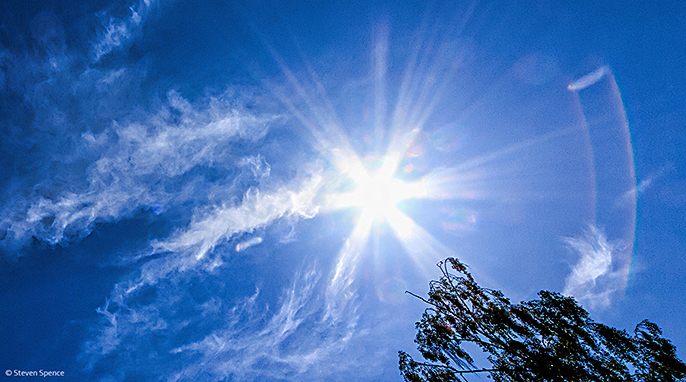Urban green spaces improve mental health, physical well-being, happiness, and community engagement. So why don’t we have more of them?
If you’re a city dweller, take a moment and think about the aesthetic of your city. Do you see lots of green? Parks, community gardens, riverbanks, trees lining the streets, private backyards — these are examples of urban green spaces.
From a public health and urban planning perspective, public green spaces are important. They facilitate physical activity, social events, community support, mental relaxation, and relief from stress and heat. All of these things benefit both mental and physical health and can increase happiness in day-to-day life.
But how does this relationship between green spaces and happiness change when we look at cities with varied socioeconomic conditions?
A recent study published in EPJ Data Science shows that happiness and the amount of urban green spaces become more closely related as a city becomes more economically developed.
URBAN GREEN SPACES VS. HAPPINESS VS. GDP
Using images from a high-resolution satellite operated by the European Space Agency, photos were taken of urban green spaces in cities in 60 countries. Researchers chose cities with the highest population densities, housing at least 10% of the national population. To get the clearest images possible, photos were taken during the summer months.
These green areas were then quantified and compared to data from the World Happiness Report and gross domestic product (GDP) by country. Happiness for the purposes of this study was defined as life satisfaction.
In all cities, the happiness scores of citizens showed a positive correlation with the area of urban green space in the city. Socioeconomic factors did not affect the existence of this relationship. However, in the 30 countries with the lowest GDP, happiness scores showed a stronger correlation with economic growth. This correlation indicates that, when GDP is low, an improving economy is a more important factor to the population’s happiness than urban green spaces. In the 30 countries with the highest GDP (over 38,000 USD), urban green spaces were more strongly correlated with increased happiness than economic growth. In cities with thriving economies, urban green spaces make a significant difference in the happiness of citizens.
To summarize, increased happiness scores are positively correlated with the amount of green spaces in a city; however, this correlation is stronger in countries with a higher GDP. Urban green spaces appear to be an important tool to understanding happiness levels in cities that have achieved economic success.
TAKE IT TO THE STREETS
There are several policy-level implications that arise from these findings.
Public green spaces should be accessible to all city dwellers. Activities in such shared spaces, such as walking your dog, gardening, and having outdoor parties, promote community engagement. Large events like festivals and farmers markets increase social mixing between neighborhoods. Accessibility for urban green spaces is influenced by multiple factors:
- When public safety is not guaranteed, the positive role of urban green spaces loses effectiveness. This may result in a drop in happiness levels as people avoid these spaces when they do not feel safe, thus losing the social support they once found there. Public safety must be guaranteed in these areas. What is needed to protect public safety may change over time. During the COVID-19 pandemic, for example, biological safety must be a priority in keeping public parks accessible.
- Providing green spaces must be considered from the urban planning perspective. It is difficult to designate areas for green space after a city is developed. Plans to construct and maintain green spaces in cities need to be made early in the planning process for economies that are still developing and in cities that are expanding.
- Climate change makes it hard to care for and maintain green spaces. Future extreme weather events must be planned for, including fire, flood, drought, and extreme temperatures. When appropriately cared for, these green spaces can assist local climates by reducing carbon dioxide and offering a cooling effect within the city, which will also impact people’s well-being. More attention needs to be paid to predicting climate change in cities and analyzing how it will impact public green spaces.
What do green spaces look like in your community? How do you utilize them in your day-to-day life? To learn more about how your city is managing safety in shared green spaces and preparing for the impact of climate change, contact your city council or other local governing body.
Reference
Kwon, O. H., Hong, I., Yang, J., Wohn, D. Y., Jung, W. S., & Cha, M. (2021). Urban green space and happiness in developed countries. EPJ data science, 10(1), 28.

About the Author
Shelby Nilsen writes research-backed health and science content for lay audiences online. She is a full-time traveler, pathology enthusiast, and lover of bad puns. Connect with her via her website or on Instagram @shellbeegrace.




